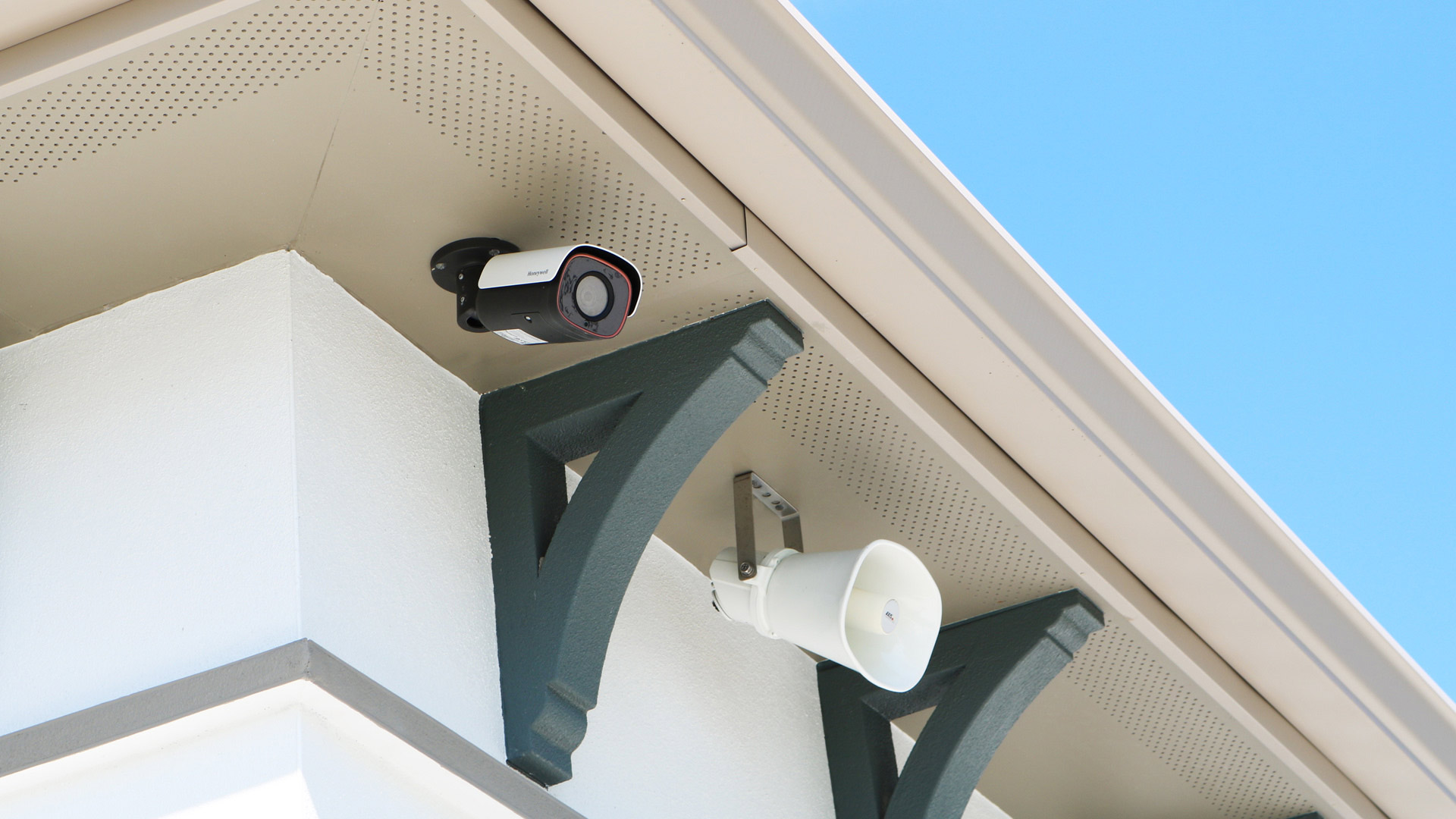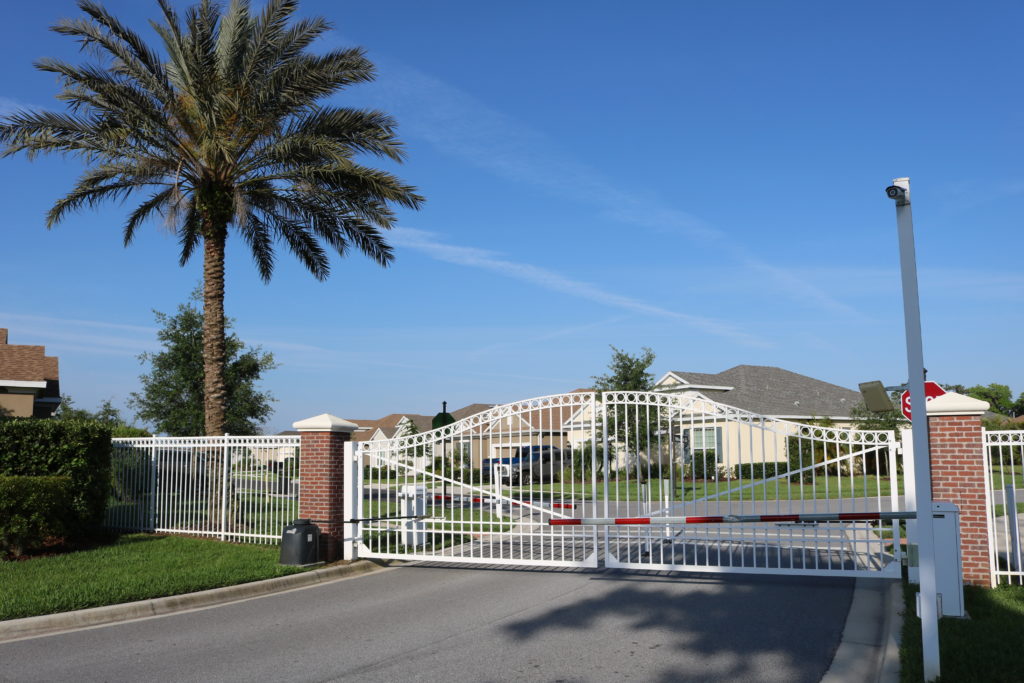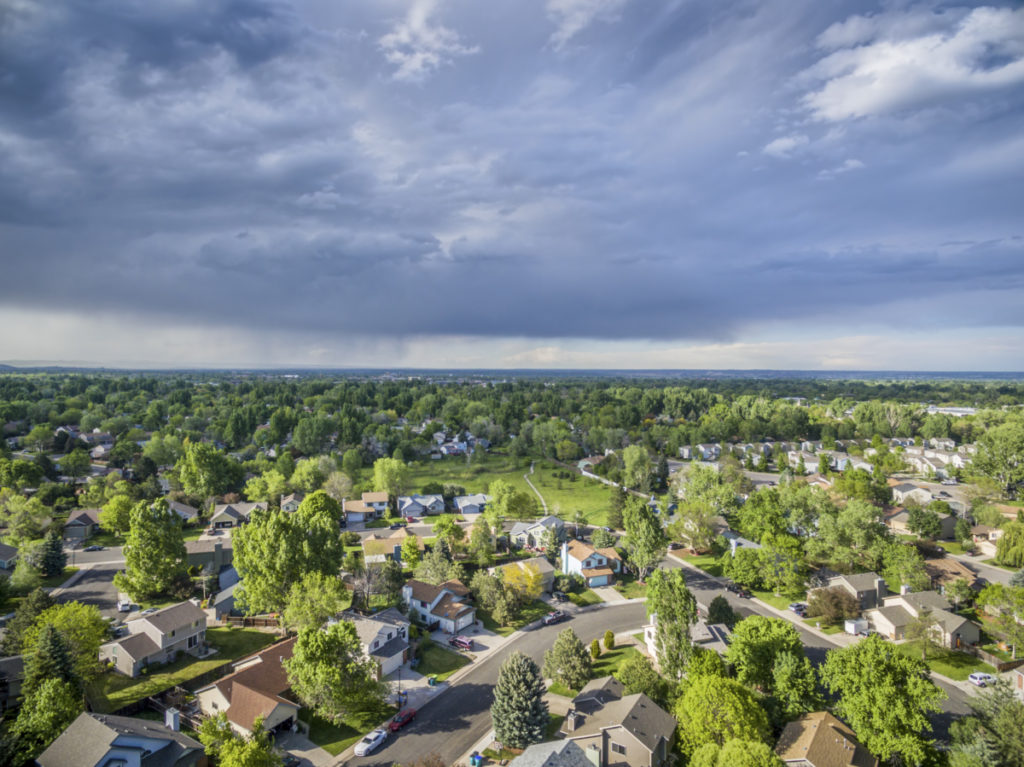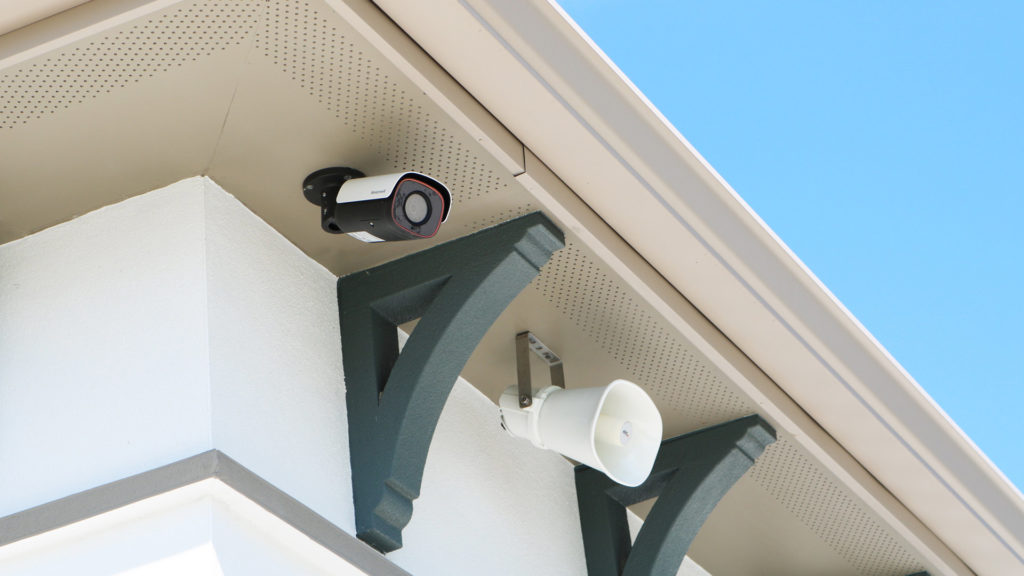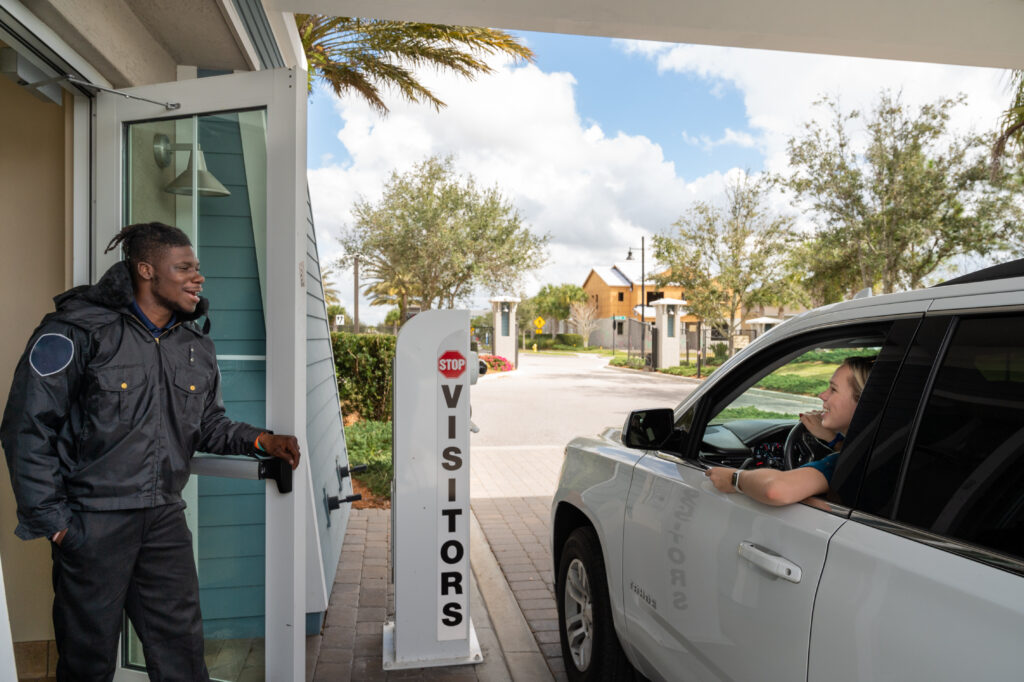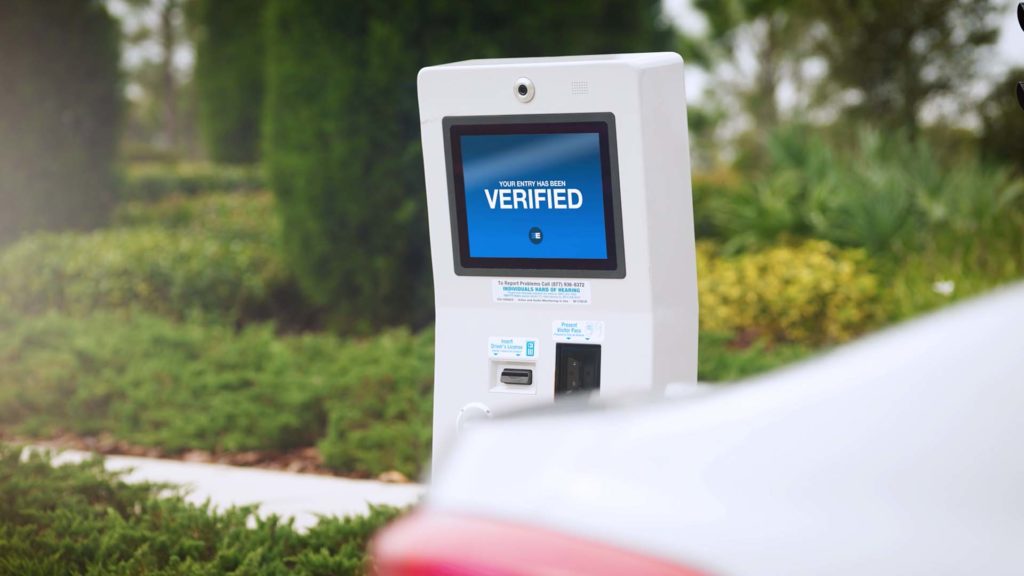A Guide for Community Associations on Making Informed Decisions
There comes a time in every community when it becomes necessary to evaluate existing security systems and determine if they require modernization and/or remain in line with the community’s current needs. Changes in designated community representatives, such as board members and property managers, as well as event-driven reprioritization of community needs can sometimes mean that current systems and processes may go unevaluated for extended periods of time. When it has been several years since an association has conducted an assessment of existing systems (or lack thereof), or if certain events occur, there is cause for consideration.
Technology is constantly evolving and changing the way we live, with more targeted solutions often making our lives easier and more convenient. Recent years have seen tremendous advances in controlled community access and monitoring in the form of remote guarding, biometric verification (voice, face, and fingerprint), AI-powered solutions, and real-time reporting. Often systems that were once adequate have now become antiquated, cumbersome, or difficult to manage. In other instances, they simply can’t keep pace with our busy, modern lifestyles.
When making decisions to upgrade or replace your community’s security systems, it can be overwhelming to know where to start. The first step of a successful plan is for stakeholders such as board members, committee members, and property managers to conduct an objective assessment of current systems to determine what is working and what pain points exist. Visiting neighboring communities or talking to friends and relatives about security solutions in their communities can be helpful as well. A property manager is also a fantastic resource for the board and has likely worked with other communities and has a broad network of other managers with whom to consult. Ultimately, identifying the strengths, weaknesses, and opportunities for improvement within the current system will ensure that the stakeholders have a common vision for the new systems, which can then be given to the installers and/or service providers that the community is considering.
Most are familiar with the adage of comparing “apples to apples,” and this is a great rule of thumb when attempting to compare and contrast competing bids. It is helpful to provide potential vendors with a specific template, often referred to as an RFP (Request for Proposal) to provide their responses to stakeholders. Perhaps the most obvious consideration when making comparisons is the type of technology and equipment to be installed, such as the number of devices, camera resolution, record capacity or location of video footage, or type of access control reader. These peripheral devices aren’t the only things to consider, though. The ease of use and scalability of the proposed solutions should also be compared as well as any recurring fees for maintenance or management. Additionally, it is important to get a sense of the providers themselves. Important questions to ask may include how many years they have been in business, how many current customers they have, if installation and service teams are regionally located, and if they provide ongoing assistance and support to community management and residents. Finally, if existing systems are nonexistent or inoperable, one of the most important factors to consider may be the timeline to have the new system fully installed and functional.
However, sometimes it is challenging to make a clear comparison between competing bids. Different vendors rarely use the same proposal format, may break down solutions differently, or may only provide a total project cost. Other times, a vendor may not offer all needed solutions, necessitating bids from two or more providers to accurately compare to an all-in-one security provider. Setting the parameters of your RFP can help specify exactly the format in which your community requires the proposal, especially in instances where tiered options are needed or requested due to budgetary constraints or community priorities. Obtaining bids from several providers is helpful, and some stakeholders may choose not to consider bids from vendors who will not or cannot provide proposals in required formats.
Another challenge could be when competing vendors offer similar solutions but utilize different delivery methods. During the selection process you may find that one or more providers offer solutions that the community hasn’t even considered, which may be of great benefit. Don’t be afraid to ask the vendor to deliver a presentation to the board and to allow all stakeholders the opportunity to have all questions answered. A good security provider will understand that this is a big decision for your community and recognize that the sales process is the first step in building a lasting partnership.
New security systems are a significant investment of community resources, and the goal is to select the best one for your community that offers protection and empowers the association. To achieve this, collaboration among board members, property managers, and security experts is essential. Having a clear understanding of proposed solutions will help stakeholders make the most informed decision that will benefit residents and the entire community now and in the future.
This article was originally published in the Florida Community Association Journal. Click here to view the full issue.
